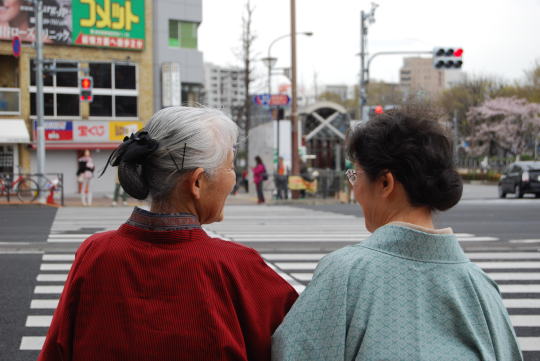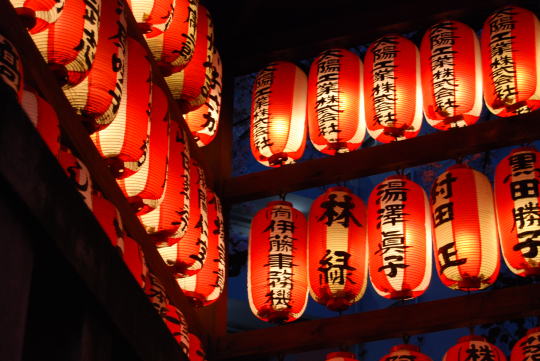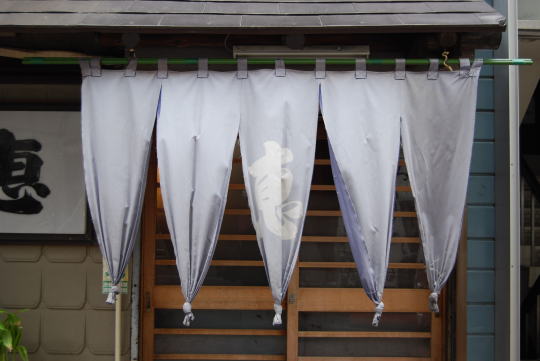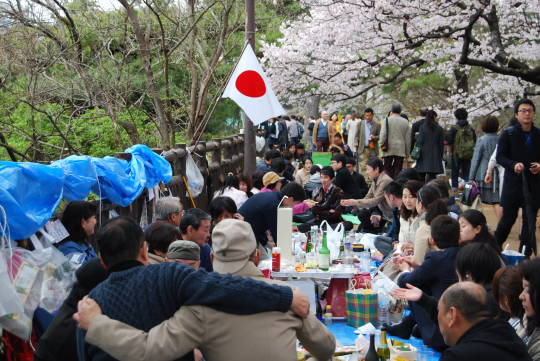#Sophia Daigaku
Text
source material of the Japanese mission was scattered internationally; and the other was that the documents in Japan had been lost
or destroyed during the three-century proscription of the Christian
faith.
The initial task of historians was thus to find fragments of evidence
and to compile them into a manageable form. While the source study of
the Japanese missions was pursued by ecclesiastical historians in Europe,
Murakami Naojirô (1868–1966), Okamoto Yoshitomo (1900–1972) and
Matsuda Kiichi (1921–1997) contributed to the discovery of remaining Japanese sources as well as to the introduction of European material to Japanese readers. To begin with, Murakami edited or translated
Jesuit correspondence, the journals of the Dutch commercial factory in
Japan and other western documents.17 He compiled the correspondence
between Japanese authorities and representatives of other nations.18 Also,
he edited the documents written by Englishmen in feudal Japan, as well
as the journals of the English commercial factory in Japan.19 Murakami
was followed by Okamoto Yoshitomo, who edited and published several missionary manuscript sources.20 More recently, since the 1990s, the
Historical Source Institute of the University of Tokyo has undertaken
an on-going compilation of the Jesuit correspondence, in the original
European language and in Japanese translation.21
17 Murakami published the following edited monographs: Ikoku nisshishô (Tokyo:
Sanshûsha, 1911); Yasokai nenpô (Nagasaki: Nagasaki shiyakusho, 1926); Yasokai
Nippon tsûshin: Keikihen (Tokyo: Sunnansha, 1927–28); Ikoku nikkishô (Tokyo:
Sunnansha, 1929); Yasokai Nippon tsûshin: Bungo hen (Tokyo: Teikoku kyoikukai,
1936); Deshima rankan nisshi (3 vols., Tokyo: Bunmei kyokai, 1938–39); Yasokai no
Nippon nenpô (2 vols., Tokyo: Takubundô, 1943); Nagasaki Oranda shôkan no nikki
(3 vols. Tokyo: Iwanami shoten, 1956–58). 18 Murakami Naojirô (trans.), Ikoku ôfuku shokanshû (Tokyo: Sunnansha, 1929). 19 Murakami Naojirô & Murakawa Kengo (eds.), Letters Written by English Residents in Japan, 1611–1623 (Tokyo, 1900); Murakami Naojirô (ed.), Diary of Richard
Cocks, Cape-Merchant in the English Factory in Japan, 1615–1622, with Correspondence
(Tokyo, 1899). 20 He edited and translated Frois’s report on the First Japanese embassy to Europe
under Valignano: Okamoto Yoshitomo et al (eds.), La première Ambassade du Japon en
Europe, 1582–1592 (Tokyo: Université Sophia, 1942) and Okamoto Yoshitomo (trans.),
Kyushu sankô ken’ô shisetsu kôki (Tokyo: Tôyôdô, 1942). He co-edited Segunda parte
da Historia de Japam que trata das couzas, que socedarão nesta V. Provincia da Hera de
1578 por diante, começãdo pela conversão del rey de Bungo (1578–1582) (Tokyo: Edição
da Sociedade Luso-Japonesa, 1938). He was also the editor of El Nippon y Philipinas sus
Relaciones Historicos (Tokyo: Japan Times, 1945). As for Japanese material, he was the
editor of Gyosonki (Tokyo: Tôyôdô, 1946). 21 Tokyo daigaku shiryô hensanjo, Nippon kankei kaigai shiryô: Iezusukai Nippon
shokanshû (6 vols. as of 2007, Tokyo: Tokyo daigaku shiryô hensanjo, 1990–).
0 notes
Photo
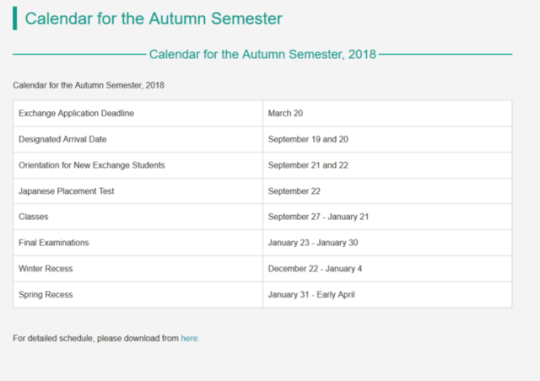
A more specific (or at least official) schedule from the Sophia website [ Link HERE ]
0 notes
Text
Départ pour le Japon
13 février 2020
Ca y est ! C’est décidé, je pars au Japon l’année prochaine pour mes études. Mon rêve, pourtant inatteignable l’année dernière, devient enfin réalité. Et le mieux dans tout ça? Je pars dans une des trois meilleures universités à Tokyo : Sophia University, plus connue sous le nom japonais de 上智大学 (Jōchi daigaku). Vivre seule est un réel challenge, je le sais depuis mon dernier départ à Orlando, il a de nombreux challenges à surmonter… A la fois au niveau vie quotidienne (courses, tâches ménagères, etc...) mais également au niveau physique et moral. Etre loin de sa famille, vivre une expérience hors du commun, rencontrer de nouvelles personnes, apprendre une nouvelle langue et découvrir une nouvelle culture sont des choses excitantes mais bien effrayante au début. Je sais déjà que je vais vivre l’expérience de ma vie...et ce pendant les Jeux Olympiques de Tokyo 2021 !!! Une ambiance incroyable sous un soleil de plomb.
J’espère pouvoir retranscrire mes expériences concernant chaque étape de mon périple sur ce blog, afin de garder de précieux souvenirs.

0 notes
Text
Sophia University - Courses and Schedule
7/10/18 - Still no CoE - expected date is end of July. Plan to buy a plane ticket within the next 1-2 weeks; travel sites say average best prices are 50 days ahead of a flight. I’m currently thinking the best route is to get to Japan two weeks before orientation to allow for move-in, get over jet lag, relax and meet up with friends in Japan before school starts.
The school calendar for Fall is:
Sept 21~22: Orientation and language placement test (if taking)
Sept 22~Oct 4: Course registration (presumably including the add/drop/change period)
Classes before winter break: Sept 27~Dec 21
Classes after winter break: Jan 5~22
The school will have you fill out a form selecting your courses as part of your initial application, but to my understanding this is just to gauge how many seats to keep available for exchange students (who register last). Japanese is the only course I was sure of. There is a system called Loyola in which you can search the course database, but access may not be granted until you have reached a certain level of acceptance from Sophia. Even then, it may only be accessible through certain links they send until they set you up at orientation. My school also offered another site with a historical database of courses offered, though it did not include course descriptions.
Those taking Japanese have to take a test which I hear is very difficult in order to be placed in a course. Supposedly you cannot argue the results. This is what I expected. As long as the credits count for what I need, I could probably use a lower-level refresher, but I’m sure some students would rather study hard and start higher. It’s a generalization, but my experience is that “the system” (”the way things are done”) is difficult if not impossible to argue in Japan, and it’s better to figure out how to get what you need from within it than fighting it from outside.
As a side note, Tokyo Game Show, a videogame convention, is the same weekend as Sophia’s orientation. I went once before and it was fun, cheap, and easy to access. Seems like a good way to relax before classes start.
Let me know if you have any feedback or your own story to share!
#tokyo#study abroad#sophia: schedule#sophia: courses#jouchi daigaku#上智大学#pre-departure#sophia university
0 notes
Text
First Days
These past two days have been so busy! I'm probably heading downstairs soon, so I'll keep this short.
The flight was ridiculously long but bearable. Once we were descending, I was able to make out some of the features of the land. Around Narita Airport (which isn't actually in Tokyo) the land looks surprisingly similar to Kansas. After standing in the immigration line for about 30 minutes, we headed to customs and then had our bags sent by a courier to DK House. A student from Sophia named Yumiko met us at the airport and she was extremely kind and helpful!
After about an hour or so long train ride, we arrived at the station and walked through Warabi to our home. Warabi is a wonderful little city with narrow streets and lots of friendly people. After checking in at DK House, we wandered over to Lawson's and 711 to grab some food and on the way I noticed that there are far fewer cars and lots of people walking and cycling. I picked up a huge orange, some milk coffee, some soba, and some dango.
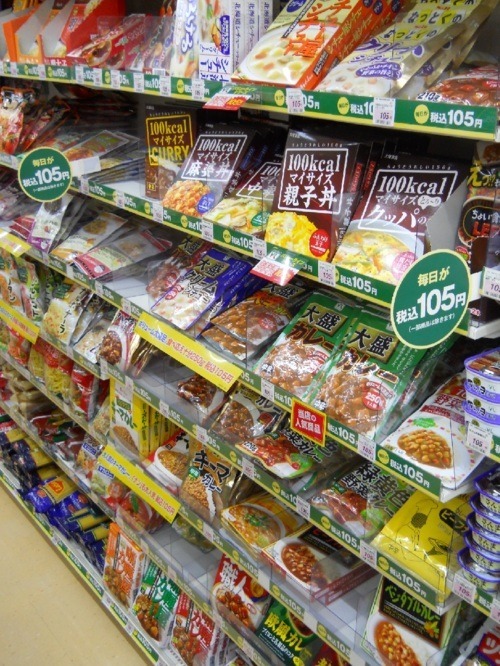
Curry on curry on curry on curry.
Our group woke up early this morning to head off to Sophia for orientation. We all crammed into the train at 8:30 in the morning and scrambled through the crowds of people to switch lines. It really wasn't that busy, but the busy-ness of the stations here (and their efficiency) really is a sight to be seen. The trains also run extremely smoothly. It's really incredible!
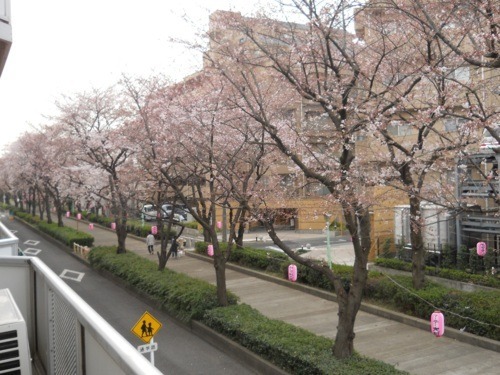
The view outside my window this morning.
After orientation and lunch with some Sophia students we were supposed to take our placement exam, but a surprise typhoon (!!!) had us all running back to the station. After purchasing the wrong ticket (and me totally failing to speak Japanese properly to a station worker), we finally switched on to the right lines and made it home. The gusts were (and still are) extremely strong, even by Kansas standards. Some of the train lines were even delayed, which I think is pretty unusual.
Since there was a typhoon raging outside we, of course, decided it was a good idea to walk to the 711 to buy dinner. Clothing was drenched, umbrellas were destroyed, and voices were lost in the wind. I don't think I've seen a storm this strong in a long time. Was my gyoza dinner worth it? Of course.
P.S. Excuse the poor writing--it's been a long 72 hours.
4 notes
·
View notes
